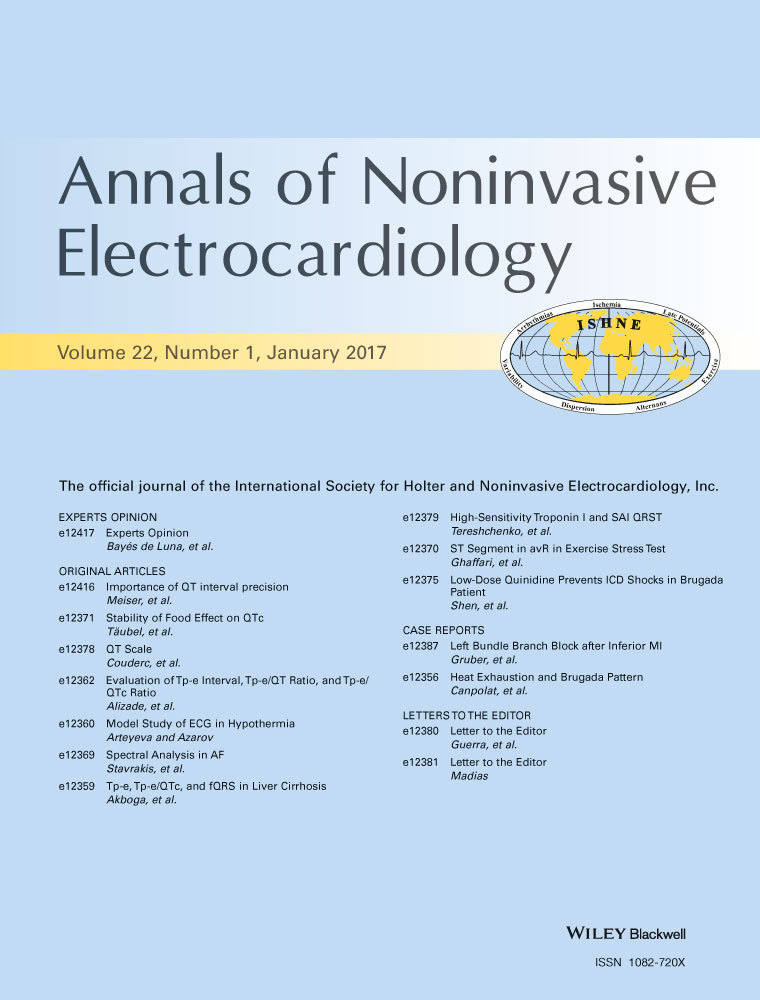Comparing QT interval variability of semiautomated and high-precision ECG methodologies in seven thorough QT studies—implications for the power of studies intended for definitive evaluation of a drug's QT effect
Abstract
Background
In studies of drug effects on electrocardiographic parameters, the level of precision in measuring QTc interval changes will influence a study's ability to detect small effects.
Methods
Variability data from investigational, placebo and moxifloxacin treatments from seven thorough QT studies performed by the same sponsor were analyzed with the objective to compare the performance of two commonly used approaches for ECG interval measurements: semiautomated (SA) and the high-precision QT (HPQT) analysis. Five studies were crossover and two parallel. Harmonized procedures were implemented to ensure similar experimental conditions across studies. ECG replicates were extracted serially from continuous 12-lead recordings at predefined time points from subjects supinely resting. The variability estimates were based on the time-point analysis of change-from-baseline QTcF as the dependent variable for the standard primary analysis of previous thorough QT studies. The residual variances were extracted for each study and ECG technique.
Results
High-precision QT resulted in a substantial reduction in ∆QTc variability as compared to SA. A reduction in residual variability or approximately 50% was achieved in both crossover and parallel studies, both for the active comparison (drug vs. placebo) and for assay sensitivity (moxifloxacin vs. placebo) data.
Conclusions
High-precision QT technique significantly reduces QT interval variability and thereby the number of subjects needed to exclude small effects in QT studies. Based on this assessment, the sample size required to exclude a QTc effect >10 ms with 90% power is reduced from 35 with SA to 18 with HPQT, if a 3 ms underlying drug effect is assumed.




